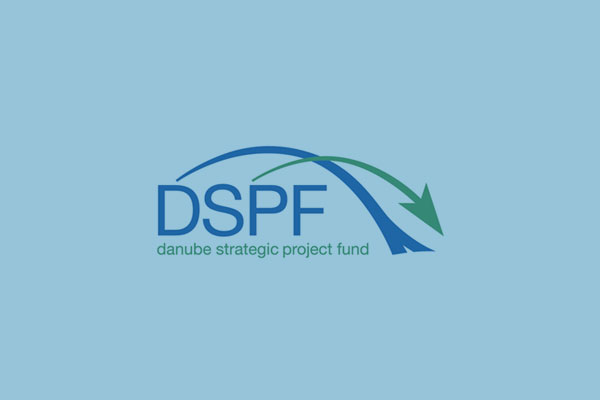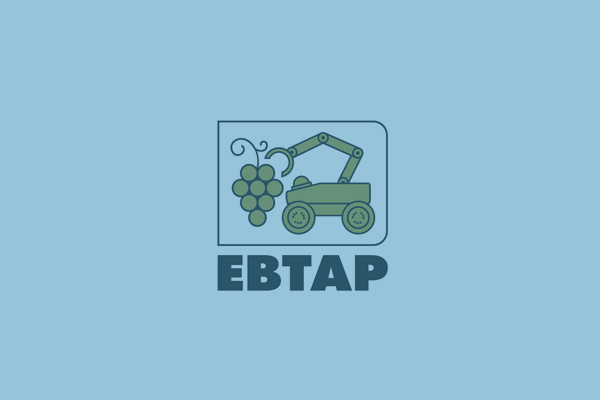Variable Selection on Reflectance NIR Spectra for the Prediction of TSS in Intact Berries of Thompson Seedless Grapes – Agronomy 2022, vol. 12, no. 9, 2113
Abstract Fourier-transform near infrared (FT-NIR) reflection spectra of intact berries of the grape variety Thompson seedless were used to predict total soluble solids (TSS) content. From an initial dataset, 12 subsets were considered by applying variable selection to extract the reflectance values at wavenumbers most correlated to the chemometrically measured TSS content. The datasets were processed by both multiple linear regression (MLR) and partial least squares (PLS) methods towards predicting the TSS content from the reflection values of each spectrum.…


 Greek
Greek







